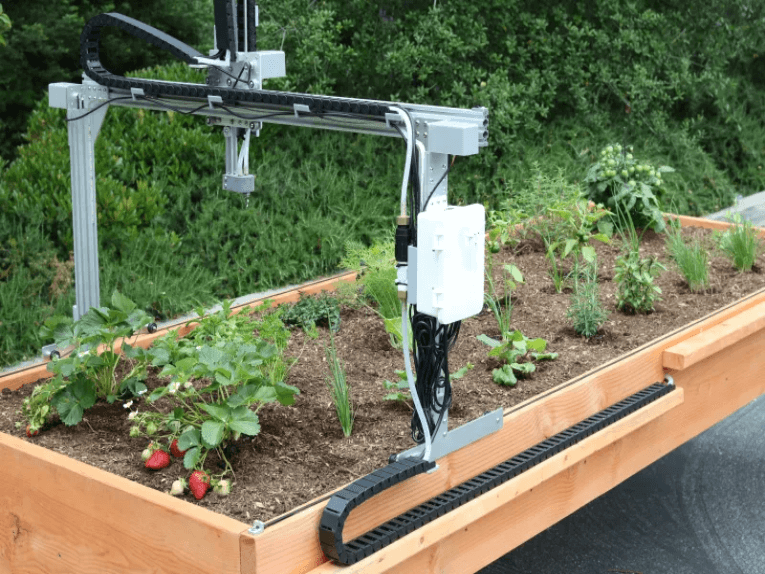Google Trends data demonstrates that web searches on the question “How much does a robot cost?” have doubled these years. From heavy-duty six-axis arms to SME-friendly collaborative models, robot pricing can vary as wildly as the specifications for each machine. Determining the total cost and return on investment (ROI) of a robot isn’t straightforward, so here are some tips.
Remember, the cost of deploying robotics goes far beyond the robot’s price tag. Besides the obvious installation costs, factories must also build segregated work areas and perhaps add backup power units before a robot can do any work. That’s not even mentioning peripherals, such as sensors, variable robot grippers, cables and connectors, and any necessary mounting hardware and preparation. When you factor in the robot’s engineering and maintenance costs, budgeting isn’t always as easy as just requesting a quote.
To arrive at a solid cost estimate for robots, customers should multiply the machine’s price tag by a minimum of three, according to a recent report by the Boston Consulting Group. So let’s say a six-axis robot costs $65,000; customers should budget $195,000 for the investment. That said, if the robot requires an extensive equipment overhaul, such as adding auxiliary machinery or conveyors, a total of four or five times the robot’s cost may be required.
Then, of course, there are the variable costs. These include the labor, energy, materials, ongoing maintenance, and production supplies required to make good use of a robot. Due to the varying nature of manufacturing facilities, these costs fluctuate dramatically depending on the industry sector and size of the operation. Plus, these costs are not always linear. Maintenance costs, for example, can change significantly during the machine’s lifecycle.
Manufacturers can only calculate ROI after establishing the robot’s total purchasing cost (i.e., the investment). Even then, manufacturers must consider several other elements, starting with robot use.
Consider the following example. A food manufacturer plans to use two SCARA robots to automate pick-and-place tasks. The robots will run for three shifts/day, six days/week, 48 weeks/year. The equivalent labor usually requires two operators per shift, so it would take six operators to complete the same throughput over a working week.
Using the lower average salary of a U.S. production worker as an example, ($25,000 per annum), eliminating these positions would reduce labor costs by $150,000 a year. However, even with a robot, human labor is not entirely eliminated. A good rule-of-thumb for technicians to maintain the robots is 25% of current labor costs, reducing the labor budget estimate to an impressive $150,000/4, or $37,500 per year.
Subtract this figure from the total robot purchasing cost determined earlier, and manufacturers have an estimated ROI for the first year. Choosing a reputable supplier and robot manufacturer will help ensure the robot has a long working life, letting the company to reap the same ROI reward for years to come.
With this calculation in tow, the ROI clearly outweighs any risk.
That said, there are some flaws in this method of calculating ROI. Unless a complex and time-consuming procurement and production analysis is actually completed, most of these figures are estimates. What’s more, this process does not consider problems that could occur, such as equipment breakdown or unplanned downtime. For a true reflection of ROI, manufacturers should conduct a thorough cost analysis based on operations of their facility, as well as a risk assessment.
But what about complementary benefits of robots that aren’t considered in this calculation? Robots are predictable and therefore offer peace-of-mind for delivering productivity gains to improve a factory’s bottom line. For instance, eliminating the likelihood of human error in manufacturing reduces scrap material, minimizes rework, and improves product consistency. Each of these factors represent increases to a manufacturer’s profit separate from the overarching ROI of the robot.
Online searches for robot prices are increasing, a sign of a growing demand for productivity gains by using robots. In fact, the marketing reports show that more than three quarters of manufacturers are ready to invest in new technologies to boost productivity. No doubt, robotics will be among these technologies.
Good-quality robots are predictable and offer peace of mind for financial returns. As manufacturers consider investing in robots for productivity, it’s vital they have a clear grasp of the potential ROI behind such purchasing decisions.
Post time: Dec-11-2023








